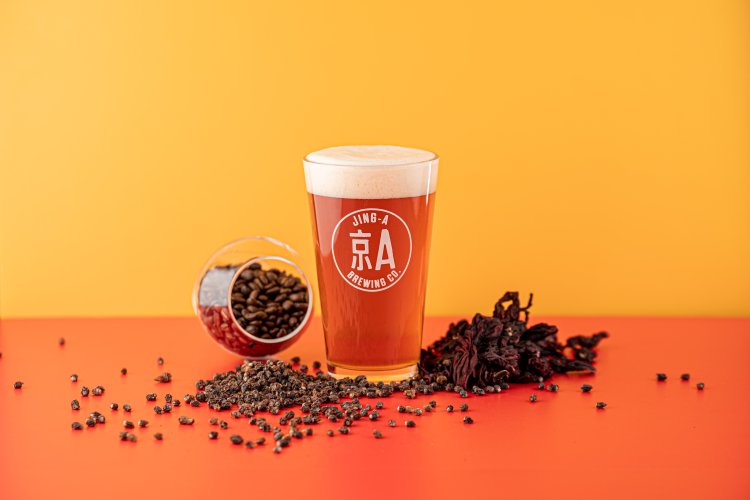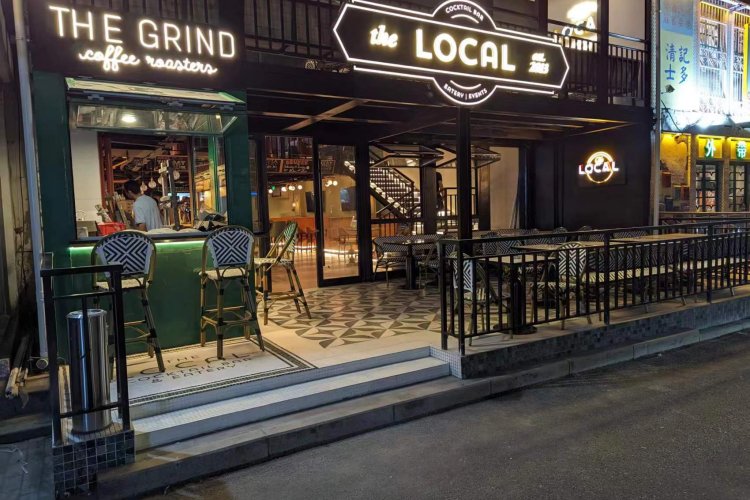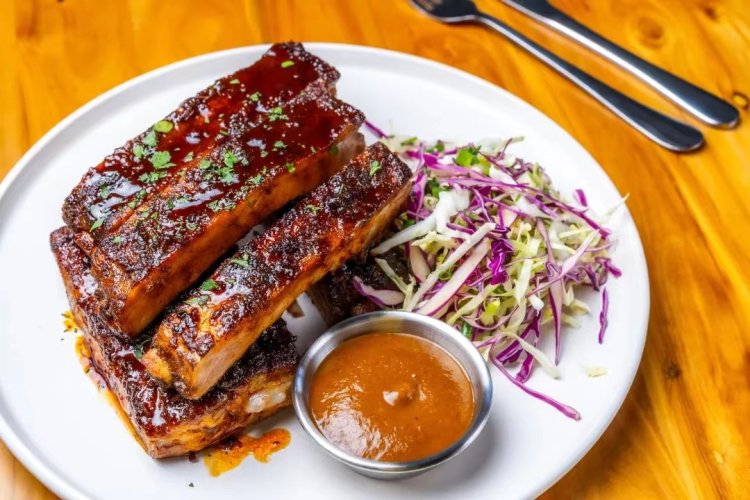China's New Shade of Red: Gai Yongjun of Palette Vino
As a young man, Gai Yongjun traveled the world before returning to Beijing ten years ago to start his own company. Agenda caught up with him to learn about wine-friendly foods, the future of Chinese wines, and his favorite wine regions.
What kind of place is Palette Vino, and what’s the concept behind it?
Palette Vino is hidden in a hutong, and is a great perfect place to spend a romantic evening or an afternoon with friends. In the beginning we struggled to establish ourselves in this location, but it has become increasingly popular, especially with Europeans.
We came up with the concept when the market started shrinking a few years ago, and people were looking for a more simple and rustic style of dining. We designed our menu to be an accompaniment to the wine, rather than the other way around, which has been a really popular concept, especially with wine lovers.
Our menu is really wine friendly, meaning the food provides a nice canvass against which you can enjoy a whole palette of wine. Our flavors are not really Spanish or Italian. I guess I would describe them as Southern European or Mediterranean.
Tell us about your wine selection.
Our wines are mainly from Australia, Italy and Spain, along with a few French wines. We also carry a lot of South African and some German wines, which we trade from our partner company in Shanghai, Wine Discovery. This company matches our philosophy, because, like us, they import wines from small to medium-sized producers. This is why our wines tend to be a better quality for the price and tend to have more regional character.
What are the hottest regions for wine right now?
I think Spain has been producing really good value for money wine, and they have some indigenous grape varieties, which makes their wine really interesting. They also have really old vineyards that produce really smooth and round flavors with generous richness, which makes the wine very fashionable right now. I think people are getting sick of the same old flavors, which is why the reds from Germany and France are so interesting.
What about Chinese wines? Do you have any favorite regions or brands?
I think Chinese wines have improved in two ways over the years. These days you see a lot of small producers in the market trying to establish themselves. They have a limited production, so they focus on quality. Their wines are much better, but they set their prices really high to distinguish themselves from the big producers. Nonetheless we might start carrying some in a few weeks. The wines I’ve tried from Chateau Bolongbo near Beijing and Silver Heights in Ningxia were quite good. I tried a good wine from Inner Mongolia, but the price was outrageous and the aftertaste was quite short because their vines are so young.
How would you describe your clientele?
Our clientele is primarily European, American and Japanese, but we’re seeing more and more Chinese customers as well. The customers who come to our company are usually looking for a distinctive wine. Several years ago, many Chinese were only buying wine for the health benefits, but now they are looking for better balanced wines with more distinctive character, a smooth palate, and better tannins.
Palette Vino. Daily 11am-10pm. 5 Dongsi Shiyitiao, Dongcheng Districtt 东城区东四十一条5号






